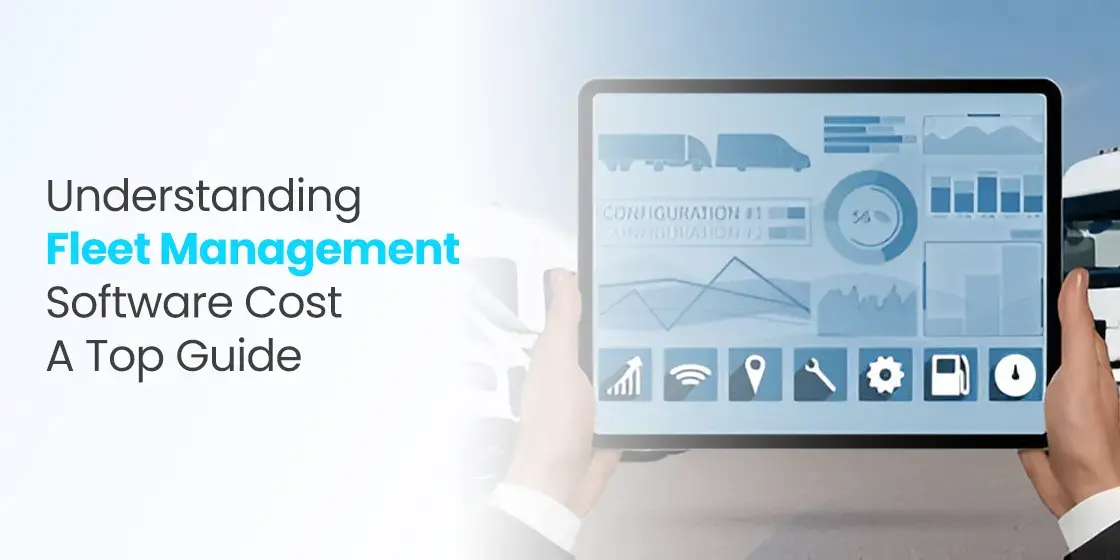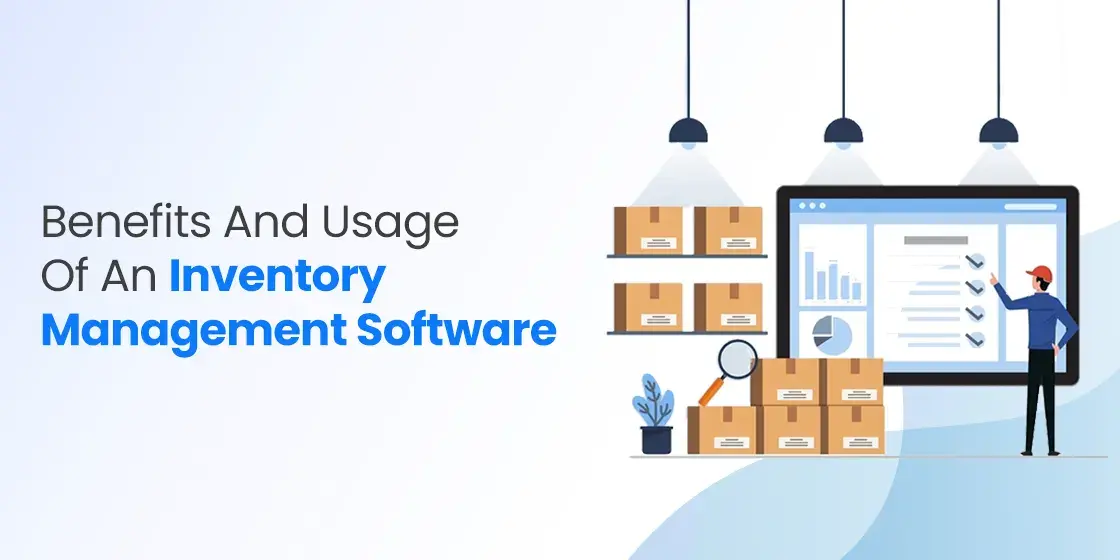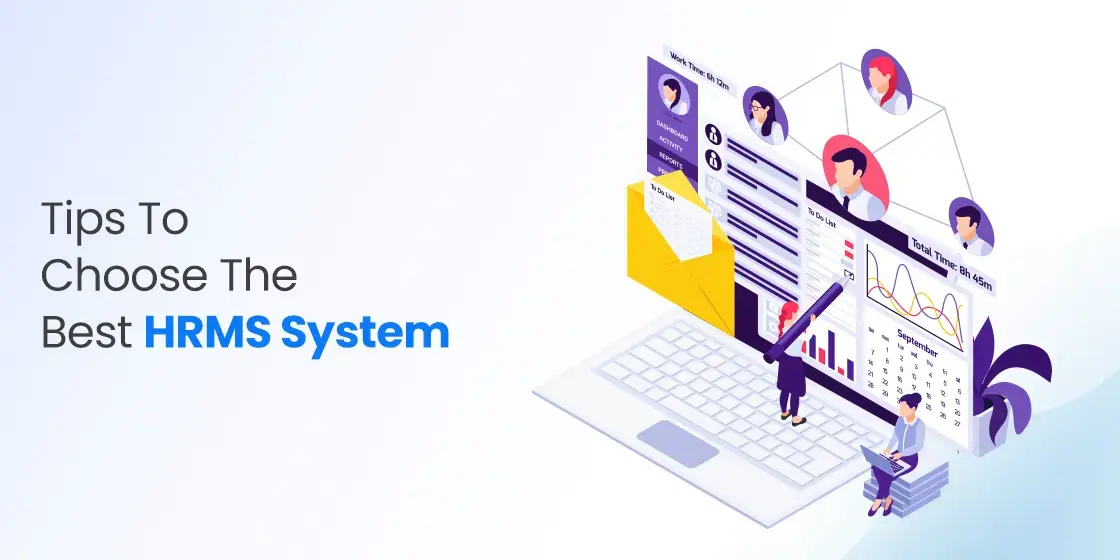Table of Content
Discover How To Manage Your Fleet Management Software Cost Easily
In today’s interconnected and logistically demanding world, businesses relying on a fleet of vehicles face the constant challenge of optimizing operations, ensuring efficiency, and controlling costs. Fleet management software has emerged as a powerful tool to address these complexities, offering solutions for tracking vehicles, managing maintenance, optimizing routes, and ensuring driver safety.
However, understanding the costs associated with implementing and utilizing such software is crucial for businesses to make informed decisions and achieve a positive return on investment. The expense of fleet management software is not a one-size-fits-all figure and is influenced by a variety of factors that businesses must carefully evaluate to determine the most suitable and cost-effective solution for their specific needs.
This comprehensive guide aims to demystify the costs associated with fleet management software, providing a clear understanding of what these systems do and the factors that drive their pricing. We will explore the various elements that contribute to the overall cost, from subscription fees and the scale of deployment to the specific features and integrations required.
By providing a detailed overview from an enterprise software development services perspective, this guide will empower businesses to navigate the selection process with greater clarity and make strategic choices that maximize value and minimize unnecessary expenditure in their fleet management operations.
Fleet Management Software Understood – What Do They Do?

Fleet management software is a sophisticated suite of tools and applications designed to help organizations manage and optimize their fleet of vehicles, drivers, and related assets throughout their lifecycle. These software solutions centralize crucial information and automate various tasks, providing businesses with enhanced visibility, control, and efficiency over their transportation operations. The core functionality of fleet management software typically encompasses a wide range of features aimed at streamlining processes, reducing costs, improving safety, and ensuring regulatory compliance.
At its heart, most fleet management software includes real-time GPS tracking capabilities, allowing fleet managers to monitor the location and movement of their vehicles at any given time. This feature from location-based app development enables better dispatching, route optimization, and improved security by providing insights into vehicle utilization and potential unauthorized use.
What Other Features Commonly Define A Competitive Fleet Management Software?
Beyond tracking, these systems often offer robust vehicle maintenance management modules, which help schedule routine maintenance, track repair history, manage service records, and receive alerts for upcoming service needs. This proactive approach minimizes vehicle downtime, reduces repair costs, and extends the lifespan of fleet assets.
Furthermore, the best fleet management software systems frequently incorporates features for driver management, including the monitoring of driver behavior (such as speeding, harsh braking, and idling), managing driver logs (including Hours of Service compliance for regulated industries), and facilitating communication between dispatchers and drivers.
Fuel management is another critical component, allowing businesses to track fuel consumption, identify inefficiencies, and potentially integrate with fuel card systems for better cost control. Advanced features can also include route optimization tools to plan the most efficient routes, geofencing capabilities to define virtual boundaries, and receive alerts when vehicles enter or exit these areas. Moreover, it also includes comprehensive reporting and analytics dashboards based on data visualization best practices to gain insights into fleet performance and identify areas for improvement.
By integrating these diverse functionalities into a single platform, fleet management software empowers businesses to make data-driven decisions, improve operational efficiency, and ultimately reduce the total cost of ownership of their fleet.
Factors That Drive Fleet Management Software Cost?

The cost of fleet management software is not a fixed amount and can vary significantly based on several key factors. Understanding these cost drivers is essential for businesses to accurately budget for and select a solution that aligns with their specific operational needs and financial constraints.
The Pricing Model of Your Fleet Management Software
One of the primary factors influencing the fleet management software cost is the pricing model adopted by the software vendor. Common pricing models include per-vehicle per month subscriptions, tiered pricing based on the number of vehicles or features, and sometimes even a one-time license fee plus ongoing maintenance costs (though this is less common with modern SaaS solutions).
The per-vehicle per month model is particularly prevalent and directly scales with the size of your fleet. Therefore, a larger fleet will naturally incur higher recurring software costs under this model. Tiered pricing often offers different feature sets at varying price points, allowing businesses to choose a plan that matches their required functionality, but the overall cost will still generally increase with fleet size or the selection of more advanced tiers.
Partner with our software development specialists to pioneer custom solutions that drive your business forward.
Request Your Solution
The Features and Functionalities Incorporated
The features and functionalities included in the software package also play a significant role in determining the cost. Basic plans with essential tracking and reporting features will typically be less expensive than more comprehensive packages that include advanced functionalities such as route optimization, driver behavior monitoring with telematics integration, sophisticated maintenance scheduling, fuel management integrations, and custom reporting capabilities.
Businesses need to carefully assess their operational requirements and choose a software solution that offers the necessary features without paying for functionalities they do not need. The complexity and sophistication of the features directly impact the development and ongoing maintenance costs for the vendor, which are then reflected in the pricing.
Project Implementation, Staff Training, and Maintenance and Support
Finally, implementation, training, and ongoing support can also contribute to the overall cost of fleet management software. Some vendors may charge upfront implementation fees for setting up the system and integrating it with existing infrastructure, justifying it as a sort of software quality management cost. Training costs for fleet managers and drivers to effectively use the software can also be a factor.
Furthermore, the level and availability of ongoing technical support can influence the total cost of ownership. Some vendors offer different support tiers at varying prices. Businesses should inquire about these potential additional costs beyond the core subscription fees to get a complete picture of the financial investment required.
Moreover, the need for hardware, such as GPS tracking devices or telematics units that need to be installed in the vehicles, represents a separate but crucial cost component to consider. The type and quantity of hardware required will depend on the chosen software and the level of data granularity desired.
Why Do You Need to Manage Your Fleet Management Software Costs?

Effectively managing the costs associated with your fleet management software is not just about saving money; it’s a strategic imperative that directly impacts your business’s profitability, operational efficiency, and overall return on investment. Failing to carefully manage these costs can lead to unnecessary expenditure, underutilization of the software’s capabilities, and ultimately a negative impact on your bottom line.
Maximize the Return On Investment (ROI)
By understanding the various cost components and actively seeking ways to optimize them, you can ensure that the benefits derived from the software outweigh the expenses incurred. Regularly reviewing your software usage, identifying underutilized features, and ensuring that the chosen plan aligns with your actual needs are crucial steps in maximizing ROI.
Budgeting and Financial Planning
Fleet operations often represent a significant portion of a company’s expenses. By having a clear understanding of the recurring and potential one-time costs associated with fleet management software, businesses can create more accurate budgets, forecast expenses more reliably, and make informed financial decisions regarding their fleet operations. Unforeseen software costs can disrupt financial planning and strain resources, highlighting the importance of proactive cost management.
Operational Efficiency and Optimization
When businesses are conscious of the expenses associated with their software, they are more likely to actively seek ways to leverage its features to streamline operations, eliminate waste, and improve productivity. This might involve optimizing routes to reduce mileage and fuel consumption, implementing proactive maintenance schedules to minimize downtime and repair costs, or monitoring driver behavior to improve safety and reduce accidents. It may also include debates on whether to opt for PWA vs native app platforms for the software.
By focusing on maximizing the value derived from the software while controlling its costs, businesses can create a more efficient and profitable fleet operation. Ignoring these costs can lead to a situation where the software becomes an expensive overhead rather than a valuable tool for improving the business.
FAQs
| How much does fleet management software cost in general? For a standard fleet management software system, companies can expect to pay around $25-45 per vehicle in a month. However, depending on your pricing plans and features, the cost can vary widely. |
| Which is better – SAP FM or Fleetio? While Fleetio has a more user-friendly UI, SAP FM is often considered the better option due to SAP’s massive ecosystem, which is often already in use by large enterprises in need of fleet management. |
| What are some great fleet management software systems available today? Besides SAP FM and Fleetio, some other fleet management systems include: Cetaris Samsara Geotab Trimble Transportation and Fleet Management AssetWorks FleetFocus Verizon Connect |
Conclusion
The investment in fleet management software represents a significant opportunity for businesses to enhance their operational efficiency, improve safety, and gain valuable insights into their transportation activities. However, the cost associated with these powerful tools is a crucial consideration that demands careful evaluation and ongoing management.
By understanding the various factors that drive fleet management software costs, including pricing models, feature sets, implementation, training, support, and required hardware, businesses can make informed decisions that align with their specific needs and budgetary constraints. Moreover, actively managing these costs is not just about saving money; it’s about maximizing the return on investment, ensuring accurate financial planning, and fostering a culture of operational efficiency within the fleet.

Empower your digital journey with StruqtIO - Your dedicated partner for cutting-edge custom software development, innovation, and digital transformative solutions. Harness the power of technology to elevate your business and redefine your digital landscape today.


